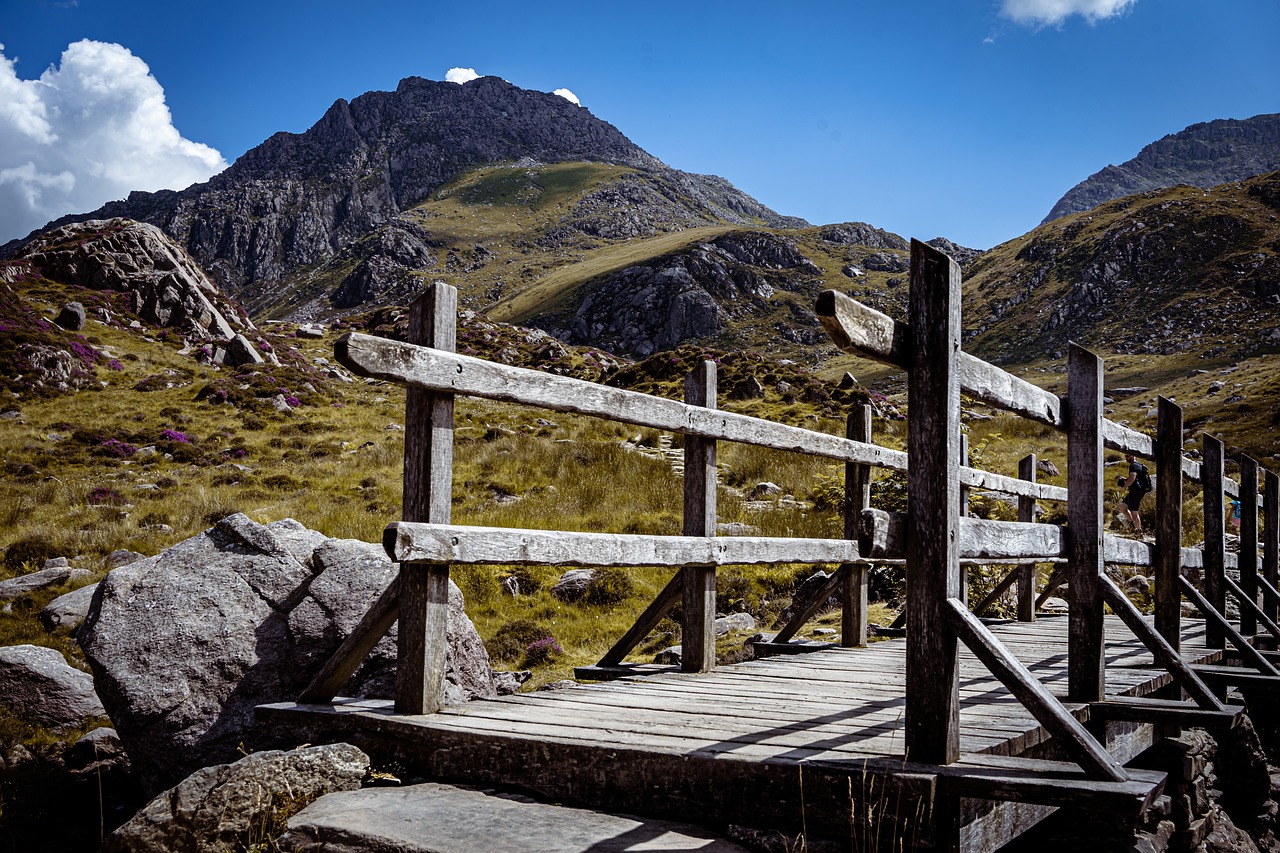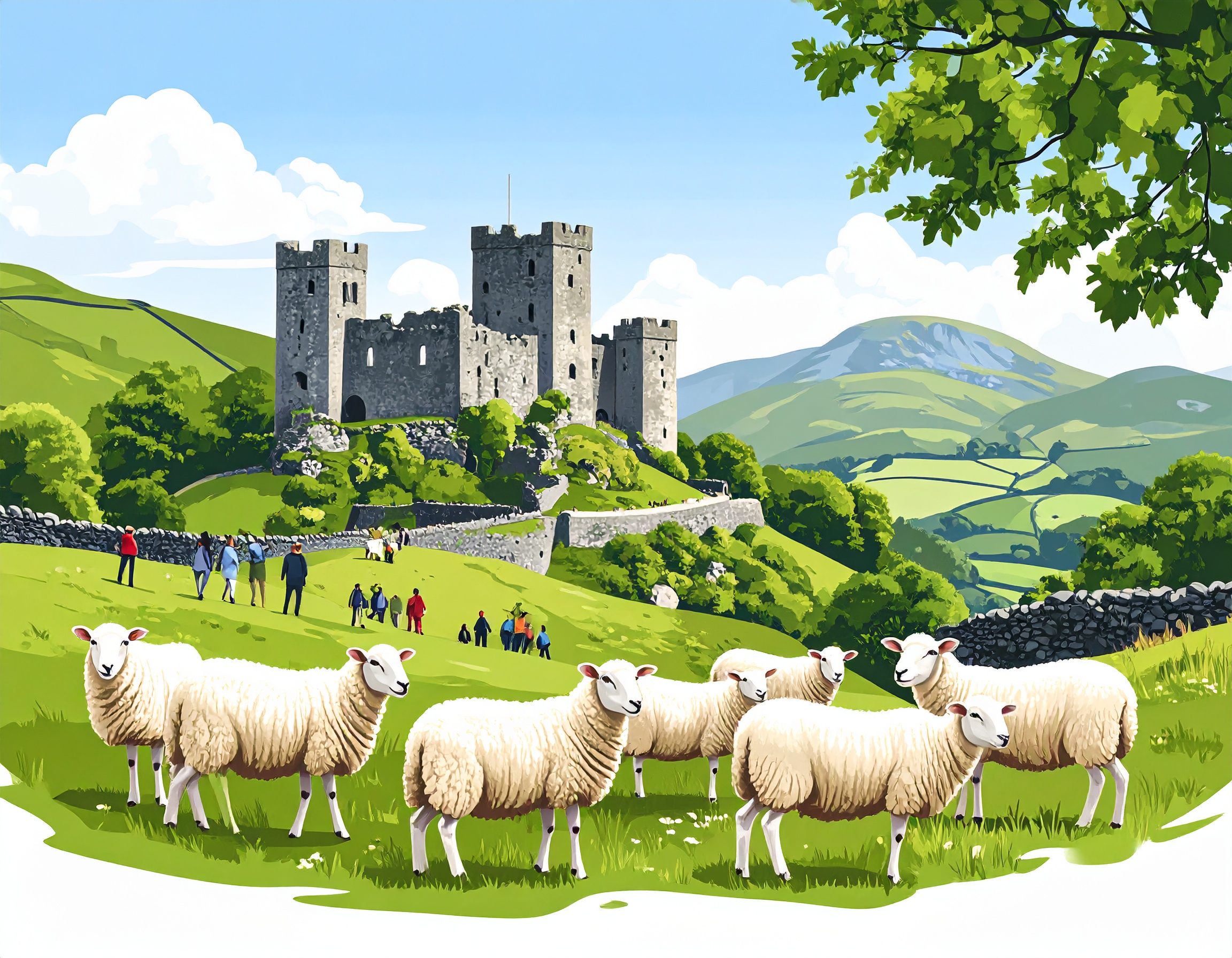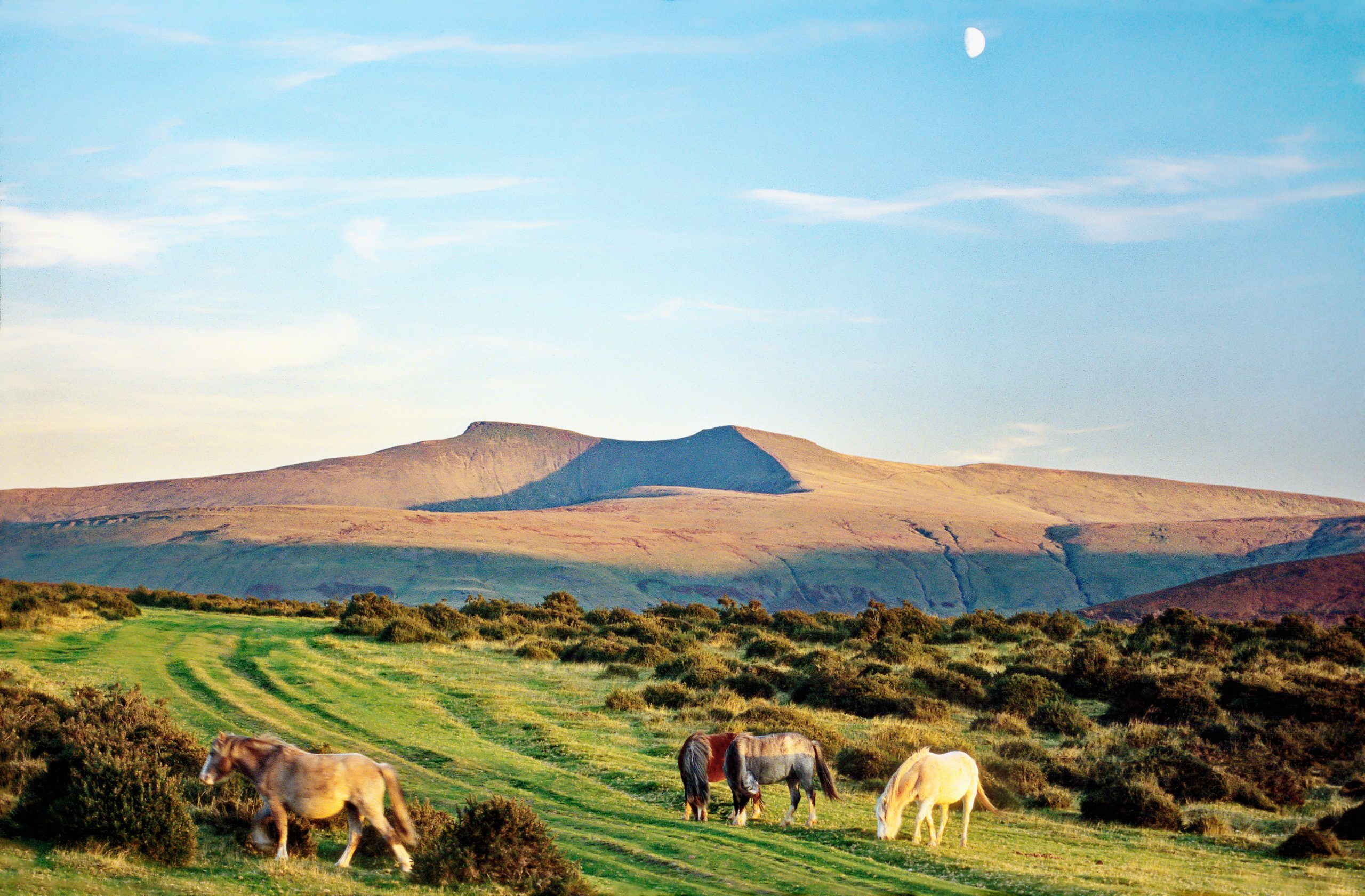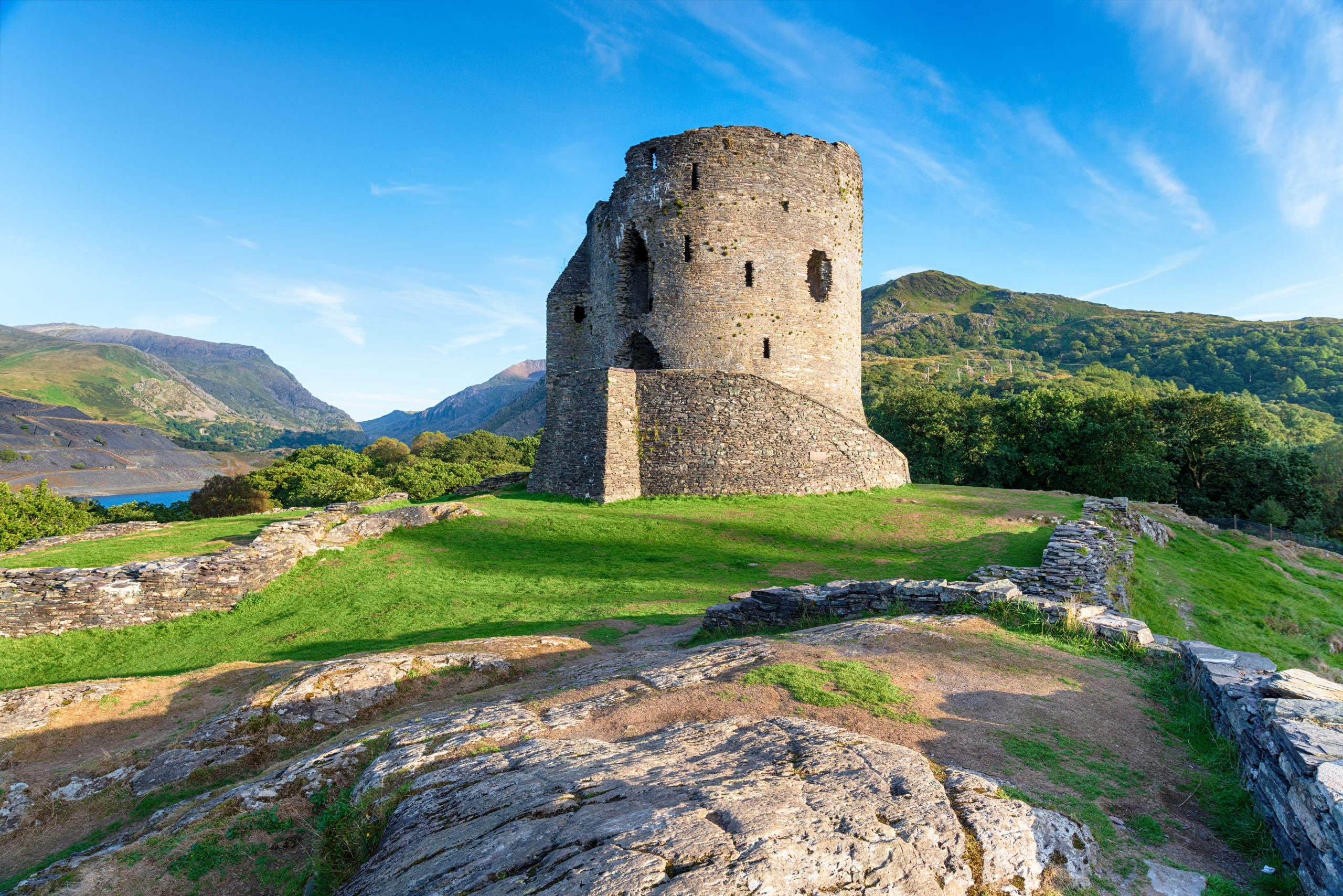
Why Wales Has So Many Castles
Wales is known as the ‘land of castles’ for good reason. With over 600 castles and fortifications scattered throughout the country, Wales has more castles per square mile than any other country in Europe.
So, the phrase ‘you can’t move in Wales for castles’ is essentially, if not literally, true! The castles in Wales have inspired many a poet over the years, including many of the greats such as William Shakespeare, William Wordsworth and of course Wales’s very own Dylan Thomas.
Read on to find out why lovers of history flock to Wales, and to discover more about the inspiring array of castles dotted across the land of dragons.
Reasons for the abundance of castles
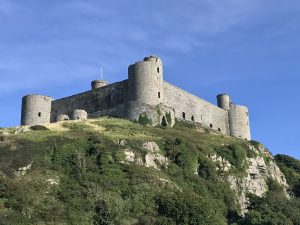
Harlech castle
There are many reasons for Wales having so many castles. One reason is Wales’s strategic location. The country is situated on the western edge of mainland Britain and has long been a contested territory.
The Welsh fought against the English for centuries, and the castles were built to defend against invasion and to control the population.
Another reason for the abundance of castles in Wales is the country’s beautiful rugged terrain. The mountains and valleys of Wales made it difficult to conquer, and the castles were built to take advantage of the natural defences.
The landscape is why you’ll find so many castles built at excellent vantage points such as hills and coastlines. Of course, this now adds to the views, delighting visitors from across the globe.
Who built all the castles in Wales?
The Normans were the first to build castles in Wales, starting in the 11th century. They built their castles on high ground, with thick walls and towers to protect them from attack. The Welsh princes also built castles, but their castles were often smaller and less well-defended.

Conwy Castle
In the 13th century, King Edward I of England launched a campaign to conquer Wales when Llywelyn the Last refused to pay homage to the new King of England. After overwhelming the Welsh and forcing Llywelyn to sign a peace treaty which stripped him of his power and territory and drove the Welsh forces back to their heartland of Gwynedd.
To secure his power against a later revolt in 1282, Edward I built a series of massive castles, known as the ‘Ring of Iron’, to subdue the Welsh. These castles were some of the most advanced in Europe, and they helped Edward to achieve his goal of conquering Wales.
Welsh Castles today
Today, Wales’s castles are a major attraction when visiting the country. They offer a fascinating glimpse into Wales’s rich history and culture. Wherever you visit in Wales, you’re bound to have a castle or six in easy visiting distance.
Here are just a few of the most popular castles in Wales:
Caernarfon Castle: This impressive castle was built by Edward I in the 13th century. It is one of the best-preserved castles in Wales, and it is a UNESCO World Heritage Site.
Conwy Castle: This imposing castle is also one of Edward I’s ‘Ring of Iron’ castles. Located on a cliff overlooking the River Conwy, it is a stunning example of medieval architecture.
Pembroke Castle: This medieval castle in the centre of the town of Pembroke is the original family seat of the Earldom of Pembroke and is where Henry VII was born.
Harlech Castle: This strategic castle was built by Edward I in the 13th century. It is situated on a rocky headland and is considered to be one of the most important castles in Wales.
Cardiff Castle: This castle was initially built by the Normans in the 11th century. It was later rebuilt by the Bute family in the 19th century, and it is now a popular tourist attraction.
Beaumaris Castle: This unfinished castle is another which was built by Edward I in the 13th century. It is considered one of the most perfect examples of concentric castle design.
Tips for Visiting Castles
- Plan your visit in advance. Some castles are more popular than others, and it’s often a good idea to book your tickets in advance, especially during peak season.
- Wear comfortable shoes. You’ll be doing a lot of walking around the castle grounds.
- Bring a camera to capture all the memories of your visit.
- Be respectful of the castle grounds. Don’t climb on the walls or touch the exhibits.
- Allow plenty of time to explore. There’s a lot to see and do at most castles.
If you’re planning a trip to Wales, be sure to include a visit to one of the country’s many castles. You’ll be amazed and captivated by their beauty, history and engineering and you’re sure to have a memorable and enjoyable visit.



